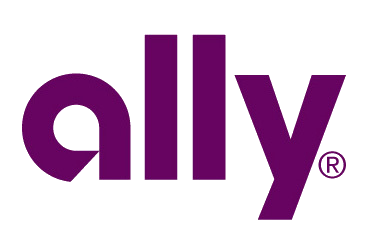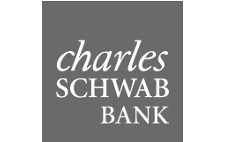
Best national banks
|
Minimum deposit to open savings |
||
|---|---|---|
|
0.01% effective as of 02/10/2023. Interest rates are variable and subject to change. |
||
|
4.60% with direct deposit; 1.20% without. |
||
Keep in mind that having branch access usually means paying more in fees and earning less interest. If you’re curious what you’d be giving up in returns by storing your money in a brick-and-mortar bank, run your balance through our savings calculator.
National banks FAQs
What does it mean to be a national bank?
For this roundup, national banks are financial institutions with a presence in at least 15 states. This includes banks with physical branches as well as those that are online-only. Accounts at the online banks are available to people living in almost every state. For banks with branches, we considered only those that had at least 1,000 locations.
What makes big banks different from smaller banks?
Big, national banks serve more of the country than regional or community banks do. A regional bank might serve only a few neighboring states; a community bank might serve only one city within a state.
National banks tend to have more technological resources and a wider variety of products than smaller banks; on the other hand, smaller banks can offer more personalized service.
How much interest do the best big banks pay?
The best national brick-and-mortar banks don’t always pay the highest interest rates on savings products. Like other brick-and-mortar banks, they might pay around the national average for savings — 0.46% — or less.
And like other online banks, the best national online banks often have higher APYs than their brick-and-mortar counterparts.
Are national banks better than other kinds of banks?
That depends on what you’re looking for. If your biggest priority is in-person accessibility, a national, brick-and-mortar bank might be a good fit. You’re more likely to find a branch no matter where you live. If you’re interested in the best rates and large ATM networks, one of the best national online banks might be a good fit. Consider the pros and cons of different banking institutions in our guide to choosing a bank.
If having access to a branch when you’re far from home isn’t a priority and you value in-person, personalized service, a regional or community bank might be better for you.
Are the best national banks brick-and-mortar banks?
Not necessarily. Many of NerdWallet’s picks for best national bank are online, because they often offer better deposit interest rates than brick-and-mortar banks do. But some brick-and-mortar banks stand out for other reasons, such as solid sign-up bonuses or customer service.
Many online banks allow people to sign up from almost anywhere in the U.S., while most brick-and-mortar banks have some states they don’t serve. For example, Chase has branches across the country but doesn’t serve all 50 states.
What makes the best national brick-and-mortar banks different from the best national online banks?
The best national brick-and-mortar banks and the best national online banks have different pros and cons. Brick-and-mortar banks are more likely to offer promotions or welcome bonuses for new accounts, while online banks are more likely to pay higher rates on savings.
While both are available to many people in the U.S., brick-and-mortar banks offer in-person accessibility. Online banks can offer large third-party ATM networks, though.
Is my money safer in a national bank vs. a regional bank (or a national credit union vs. a regional credit union)?
Your money is equally safe in any bank that’s insured by the Federal Deposit Insurance Corp. As long as your bank has this protection — and most banks do — you’re insured for up to $250,000 per person, per ownership category, per bank.
Similarly, your money is equally safe in any credit union that’s insured by the National Credit Union Administration. Credit unions that have this protection insure your money for up to $250,000 per person, per account, per credit union.
What is the No. 1 bank in America?
Currently, the largest bank in America by asset size is Chase Bank. It has branches in nearly all states (there are no branches in Alaska) and about 16,000 ATMs, as well as extended hours for customer service via phone.
That doesn’t necessarily mean Chase is the bank you should choose, though. Weigh its interest rates, fees and additional factors against other options in your area before making a choice.
Which bank is the best rated in America?
There are many ways of rating a bank, but customer satisfaction is an important one. According to the J.D. Power 2023 U.S. Retail Banking Satisfaction Study℠, Chase won in three regions, more than any other bank.
Chase is the best-rated bank for customer satisfaction in the Upper Midwest, Mid-Atlantic region and Florida, and U.S. Bank is the best-rated bank for customer satisfaction in California.
What are the top 10 banks in the United States?
According to the most recent Federal Reserve data, the top 10 retail banks in the U.S. by assets are:
These banks typically have large branch and ATM networks and offer many different products. But before signing up with one, you should consider your priorities, including interest rates and accessibility.
Which is better: Chase vs. Wells Fargo? Wells Fargo vs. Bank of America?
The best bank for you depends on which services you use the most and which bank has the most branches and ATMs nearby, so it’s worth digging into the details.
You can read more in NerdWallet’s head-to-head comparisons of the country’s biggest banks:
Which national banks will pay me a bonus?
Many national banks consistently offer sign-up bonuses for new customers who open accounts. These days, it’s not unusual to find bonuses of between $100 and $200.










